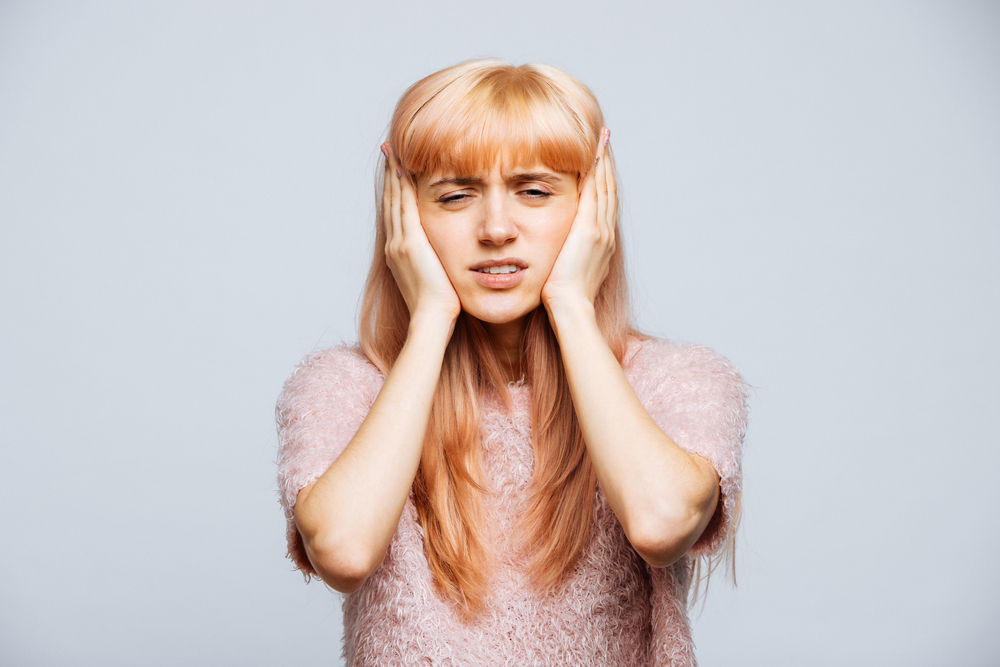As technology and entertainment options continue to advance, we find ourselves immersed in a world filled with various audio experiences. From music concerts and festivals to movies and gaming sessions, we often encounter high decibel levels that can potentially impact our hearing health. But how long is it safe to listen to sounds at high decibels? This is why we created the ‘How Long to Listen at a High Decibel Calculator’.
In this article, we will guide you through the process of calculating the appropriate duration for exposure to high decibel levels, ensuring you can enjoy your favorite activities without compromising your auditory well-being.
Normal Hearing VS Hearing Pollution
The human ear is capable of perceiving a wide range of sound intensities. Normal hearing is typically defined as the ability to detect sounds across a range of frequencies without any significant hearing loss. The average threshold of human hearing is considered to be around 0 decibels (dB), which represents the softest sound that the average human ear can detect.
It is generally advised that one should maintain sound levels below 71 dB for prolonged periods.
This guideline is based on the understanding that exposure to higher decibel levels for extended periods can increase the risk of hearing damage.
To put things into perspective, here are a few examples of common sounds and their approximate decibel levels according to the Centers for Disease Control and Prevention:
- For a whisper: 30dB
- During a normal conversation: 60dB
- Electronic devices, concerts: 105-110 dB
- Fireworks: 140-150 dB
- Washing machine and dishwasher: 70 dB
And the list goes on. But in contrast, to this is hearing pollution. Hearing pollution occurs when our ears are exposed to excessive decibel levels for prolonged periods, overwhelming the delicate mechanisms of our auditory system. It manifests as noise that disrupts our peace, poses risks to our hearing health, and hampers our ability to enjoy the subtle joys of everyday sounds.
This noise can bring about many impacts that can affect us greatly, including damages like noise-induced hearing loss (NIHL).
Most times, hearing pollution is divided into two; temporary effects and permanent effects. While temporary occurs for a short period, permanent seems to be continuous exposure to high decibels which can lead to permanent hearing loss.
To prevent such situations, we’ve formulated through an algorithm a calculator that helps you gauge the number of hours you should be in a noisy environment. Let’s take a look at how it’s used.
How to Use the How Long to Listen at a High Decibel Calculator
All you need to do is to determine the decibel/noise level in the calculator. Remember, this calculator provides a general guideline, and individual defenselessness to hearing damage may vary.
To do that, simply follow the instructions below:
Step 1
Determine the noise level in the calculator. You can either choose to use the plus(+) or minus (-) sign available on the calculator to choose the level or you insert it by clicking on the box.
Step 2
After successfully entering that, the calculator will present the number of hours, minutes, and seconds you should stay in such a noisy place.
That’s all! We hope you can try it out today.
FAQS on How Long Can You Listen to Decibels
1. How long can I listen to decibels?
As we’ve earlier mentioned, decibels can be very dangerous for the human ear. However, some gauges can be used to monitor the amount of noise you hear. Check out the safe exposure time in hours for the decibel level range (dB):
At 87dB- 5 hours, 2 minutes and 22 seconds is appropriate
At 95dB- 0 hours, 47 minutes, and 37 seconds.
At when at 100 dB- 0 hours, 15 minutes, and 0 seconds.
2. How long can you listen to 125 dB?
Although the duration at the 125 dB level is very limited, our calculator recommends listening to it for two seconds. That’s because listening to 125 dB is considered extremely loud and can have a severe impact on your hearing health.
Our results are also supported by Occupation Safety and Health Administration (OSHA) and National Institute for Occupational Safety and Health (NIOSH). They believe that exposure to decibels at that level should not pass a few seconds without the use of proper hearing protection. Notwithstanding, it can still be very dangerous.
3. How long can I listen to 50 dB?
Listening to sounds at 50 decibels (dB) is generally considered a safe and comfortable level for the human ear. At this level, you can listen for an extended period without significant risk to your hearing health.
Since 50 dB is relatively low on the decibel scale, it is comparable to the sound level of a quiet conversation, a peaceful office environment, or gentle rainfall. In these situations, you can listen for hours without immediate concern for hearing damage.
Safeguarding Your Ears
In a world filled with sounds, it is our responsibility to protect and preserve our auditory well-being. Please share our ‘How Long to Listen at a High Decibel Calculator’ with some friends or family who might be exposing themselves to some high level of noise daily.
We all deserve to have a lifetime of hearing.
